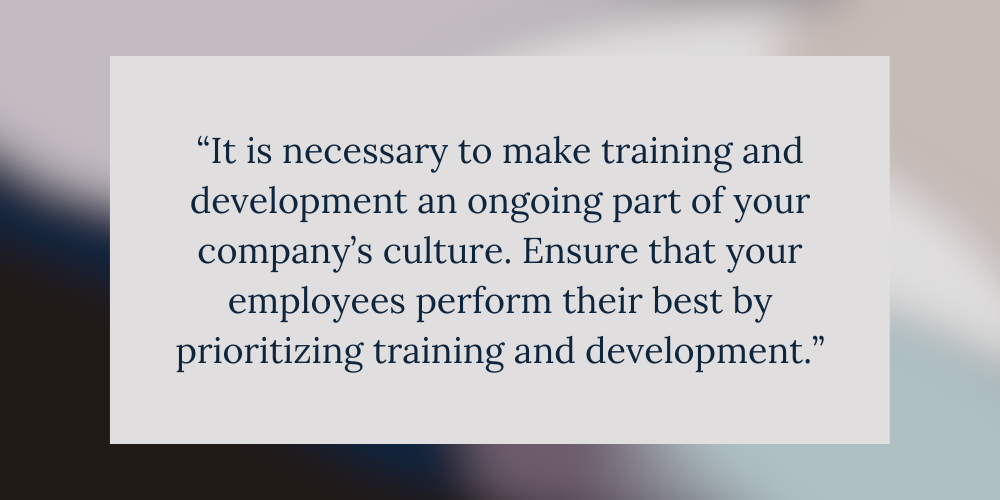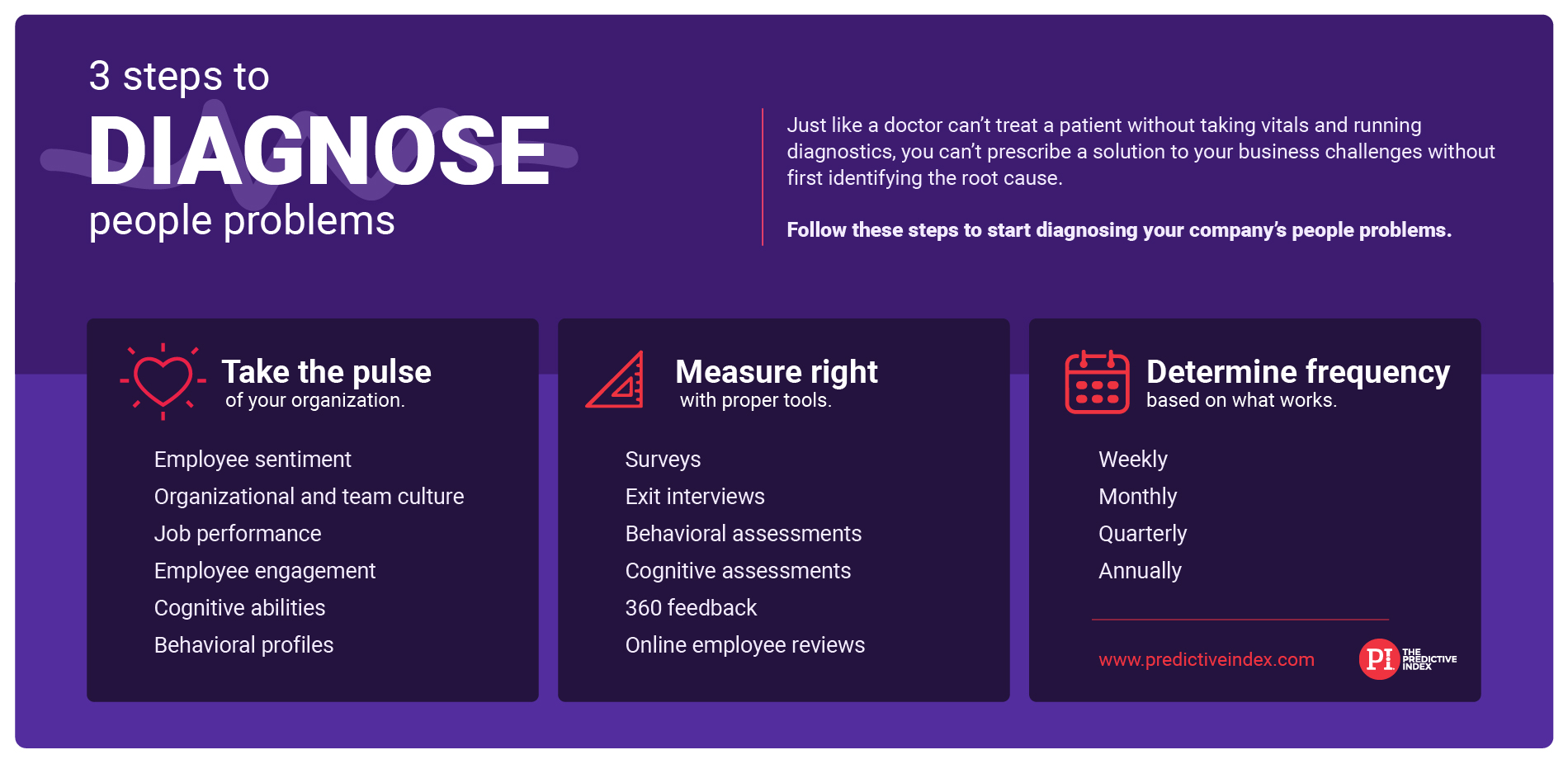Even if you’ve never read Malcolm Gladwell’s book, Outliers, you have probably heard his finding that it takes 10,000 hours of practice to become a world-class expert or master of any craft.
Ten thousand hours seems like a lot, but that’s to be a master. If you only want to be mediocre, it doesn’t take anywhere near 10,000 hours.
But you don’t want a mediocre agency, mediocre employees or mediocre results.
Avoiding mediocrity requires a commitment to training and development.
I help many companies with project management software implementation and I see many that think they can have it mastered in a 2-hour session. But it doesn’t work that way. Mastering anything requires practice and repetition.
Studies show that the most effective way to learn is in short, intense bursts spread over a period of time.
And, let’s be clear, emails are not training.
Videos are not training.
Face-to-face interaction. That is training.
You may feel like your organization needs more training and development but don’t know where to start.
I recommend you always start by taking inventory.
Taking Inventory
As a whole, what systems or subjects does every person need to be trained on? Are your employees being regularly trained on those things?
What do individual teams need to be trained on? What skills do only certain teams use that need to be sharpened? Is regular training already taking place?
What about individuals in your organization? Have you identified key employees with growth potential whose skills you are developing so they can grow in the company?
Don’t forget to ask your employees for input. They will probably have unique insight because they are working in the trenches, day in and day out.
You can also ask colleagues at other businesses what training and development practices they have to get ideas.
After you know what you do currently and where you need to grow, you can fill in the details.
Do Your Homework
Training is an investment, and you want to be sure that you are spending your dollars wisely. So whether you research training options yourself or put someone else in charge, ask training companies about these aspects of training:
-
- Course curriculum
Get an in-depth description of what is covered in the course and what participants should expect to know when it is complete.
- Course curriculum
-
- Type of training
There are many types of training such as classroom, hands-on, interactive, computer-based, conference and off-site. What types does each company offer and are they willing to customize the type based on your organization’s preferences or needs?
- Type of training
-
- Credentials
What education, experience or certifications does the trainer or company have?
- Credentials
-
- Testimonials
Along the same note, ask the trainer to provide testimonials from other similar organizations that have completed the training and had incredible results.
- Testimonials
- Follow-up learning
Does the trainer or company offer any kind of follow-up after the training is complete to answer questions or help cement concepts learned?

Take Action
After you have selected training programs and providers, it’s time to implement. And, just as in child rearing, implementing an employee training program may also take a village.
Decide who will be in charge of each training. Select a team member to liaise with the trainer, handle logistics and scheduling, and communicate with employees to guarantee their buy-in long before the training.
When it comes to Workamajig, a key part of effective training is making employees aware of what they can expect before and after. This creates collaboration and open dialogue that will make your implementation successful and your business to run on all cylinders.
Evaluate the Results
With any large investment, you want to know that you are getting results.
For each area that you identified needed improvement, what would success look like after employees are trained? Clearly define the outcomes you would expect and schedule a time after the completion of the training to evaluate the results against those expectations.
Are there ways you can build in metrics to evaluate training such as employee and management surveys?
Would you be able to increase your ROI and help employees retain more by having them teach others what they have learned?
Evaluating training and development can be tricky without hard numbers, but it is necessary to make training and development an ongoing part of your company’s culture.
Henry Ford once said, “The only thing worse than training your employees and having them leave is not training them and having them stay.”
Ensure that your employees perform their best by prioritizing training and development.
For personalized, expert advice, don’t hesitate to get in touch with us. You can schedule a complimentary 45-minute discovery call by contacting us here.





